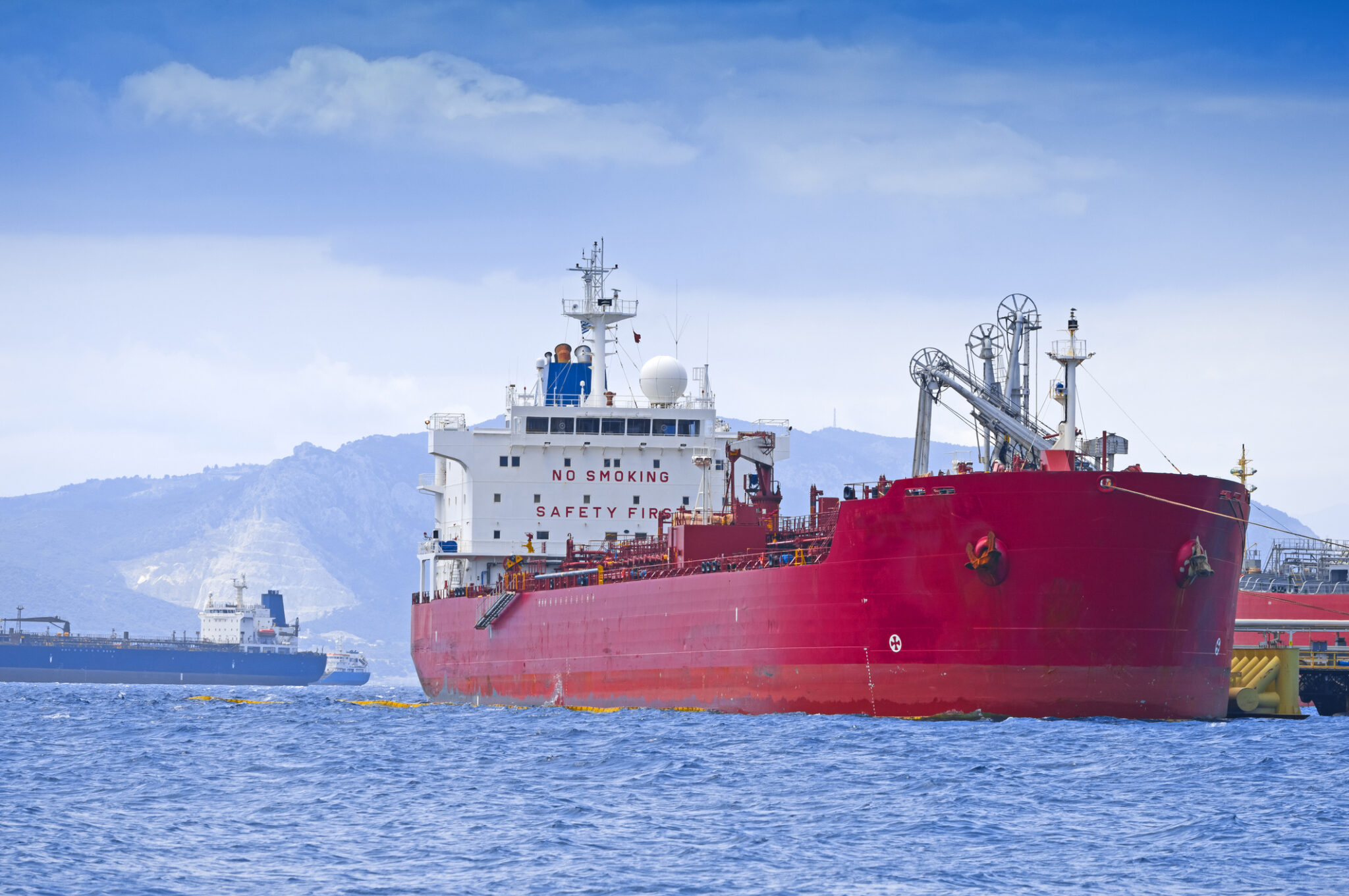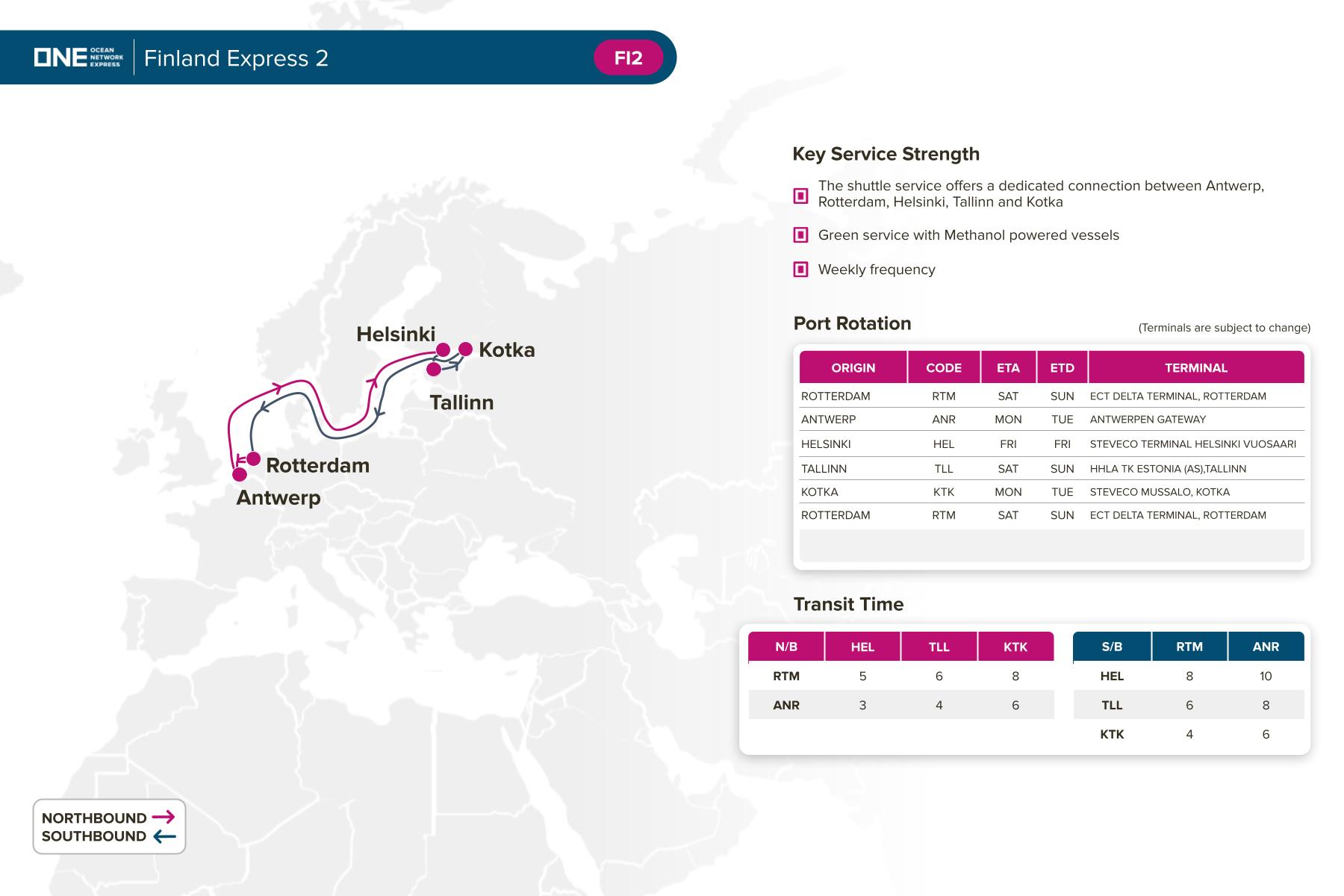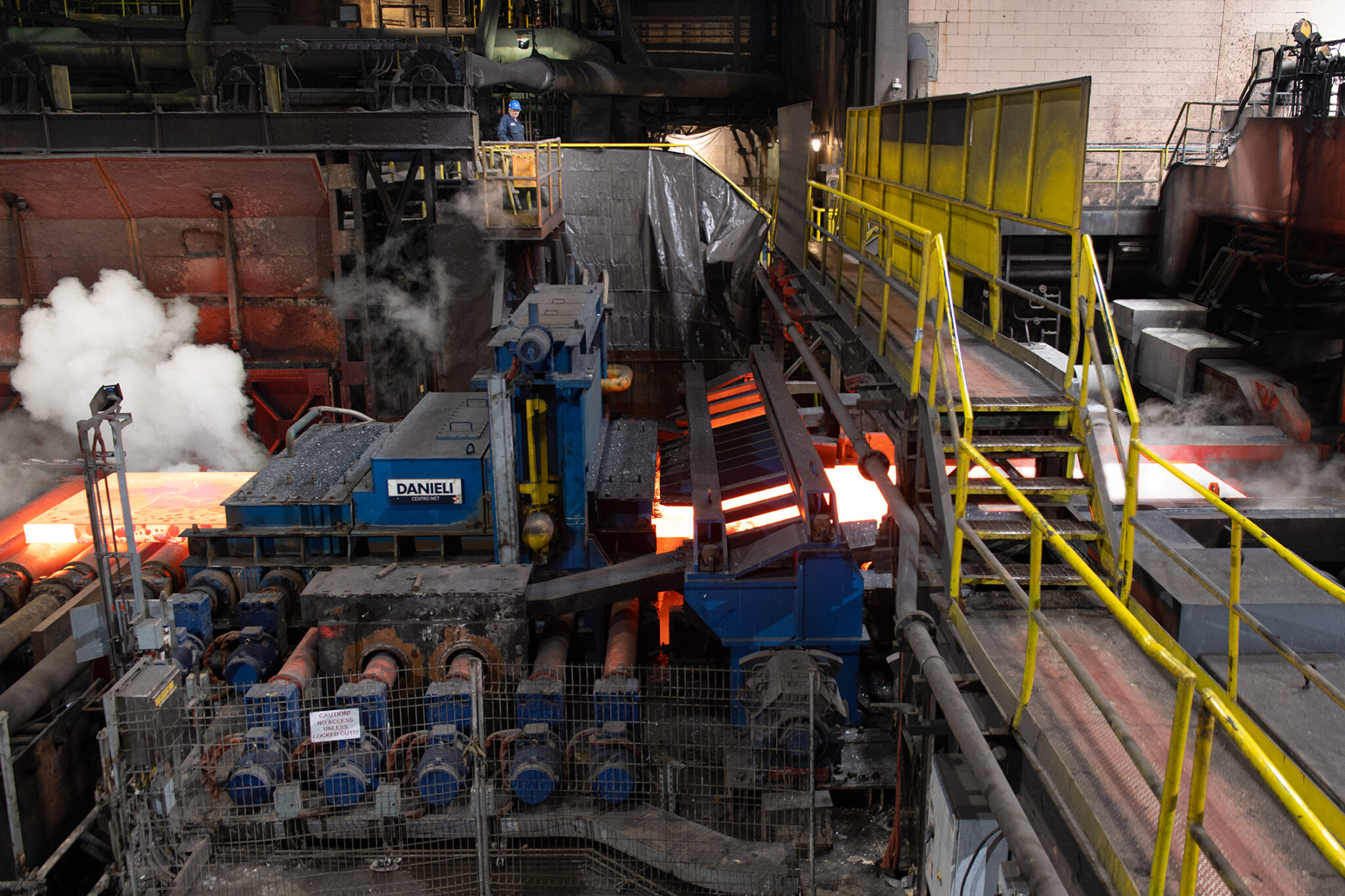Shipping Telegraph Greek shipowners return to Russian oil trade as crude prices slip;
Greek shipowners piled back into the Russian oil trade in June taking advantage of lower crude prices in recent months to extend their operations in the region, a new study finds. The Maritime AI™ company Windward analysis of June tanker activity shows that 37% of Russian-origin crude and refined products were shipped on Greek-owned vessels. The report also reveals that Greek-owned ships legally transported 7.8 million tonnes despite the “high-profile crackdown.”
Based on data compiled from Windward’s Maritime AI™ Platform and Vortexa’s commodities tracking data, Greece-owned ships legally transported 7.8 million tonnes out of the total 22.2 million tonnes of Russia-origin crude, fuel oil, and refined products exported from the federation in June.
Greek shipping companies, which have long dominated the global tanker trade, maintain that their operations are fully compliant with international law.
They argue that they conduct due diligence on buyers and adhere to all regulations.
Under the G7 oil price cap imposed in December 2022, Western marine service providers, including shipowners, charterers, insurers and oil traders, are allowed to ship to third countries only if the oil was sold below $60 per barrel.
The previous month, UK tightened its sanctions on Russia’s so-called shadow fleet, slapping bans on 20 more ships and blacklisting two companies allegedly involved in crewing and managing “shadow fleet” vessels.
Canada also announced sanctions on the trade of almost 1,000 new items with Russia, listing an additional 201 vessels and imposing new prohibitions on listed vessels to further constrain the activities of vessels that are part of the so-called “shadow fleet.”
The ship-related sanctions are upgraded to prohibit the provision of any services related to already-listed vessels, and Canada is listing an additional 201 vessels, meaning that Canada now sanctions over 300 Russia-linked vessels involved in the movement of oil, liquefied natural gas, arms and other items.
This is one of Canada’s most important sanctions announcements since Russia began its full-scale invasion of Ukraine in February 2022, comprising its biggest-ever package of vessel- and trade-related sanctions.
Recently, the Australian government imposed targeted sanctions on 60 vessels linked to Russia’s so-called shadow fleet, mentioning they are operating under “deceptive practices.”
This marks the first time Australia has imposed sanctions against the shadow fleet.
Specifically, the minister for foreign affairs Penny Wong has by legislative instrument designated 60 vessels as sanctioned vessels for Russia in accordance with regulation 8 of the autonomous sanctions regulations 2011.
The 60 vessels sanctioned could be asked to leave Australia, including by a particular route or refused entry into a particular port or place or any port or place in Australia.
A person or entity who owns a sanctioned vessel, or a person who controls a sanctioned vessel, or their authorised representative, may apply in writing to the minister at any time to have the listing revoked.
Although Russia’s economy has not collapsed under the sanctions, officials insist they are having an impact.
The move, officials said, is part of a broader effort to “apply a stranglehold on the Russian economy.”
UK’s prime minister Keir Starmer said the country would continue to apply pressure until “Moscow changes course.”
The UK banned 232 tankers and gas carriers and the EU a further 393 over the past 12 months while the US targeted 160 tankers in January, Windward data show.
Windward Maritime AI™ data also reveal that 65% of tankers tracked shipping Russian oil carried a high sanctions compliance risk. 24% of these vessels were sanctioned, accounting for 29% of the oil shipped in June.
Tankers classified as ‘dark’ and/or ‘high risk’ by Windward, and subject to Western sanctions, lifted 30% of all Russian oil in June. Many of these vessels transported non-price-cap-compliant Russian oil grades from Arctic and eastern Russian ports to China and India, with prices exceeding the $60 cap.
The falling oil price presents a dilemma for regulators, especially as EU proposals to lower the crude oil price cap to $45 per barrel appear to have stalled.
“This new trading pattern demands a deeper understanding of the evolving risk and compliance landscape in Russia for regulators, governments, and marine service providers involved with ships operating in the region,” says Windward, adding that not all sanctions are enforced equally.
US-sanctioned ships are typically restricted to Russia-China routes, while EU- and UK-banned vessels are more likely to continue trading beyond China, reaching destinations in India and Latin America, according to the report.
The EU has been pushing member states to approve the 18th Russian sanctions package, which aims to further curtail Russian revenues, a part of which is used to fund its war in Ukraine.
However, Slovakia has blocked the sanctions package over concerns that a European Commission proposal to end Russian gas imports by the end of 2027 could damage the country’s economic interests. Slovakia gets the majority of its gas from Russia.
The Slovak prime minister Robert Fico stated on Tuesday that he will request a postponement of the vote on the 18th sanctions package, as the country rejected the European Commission’s proposal to stop Russian gas imports by the end of 2027.
Related Posts




